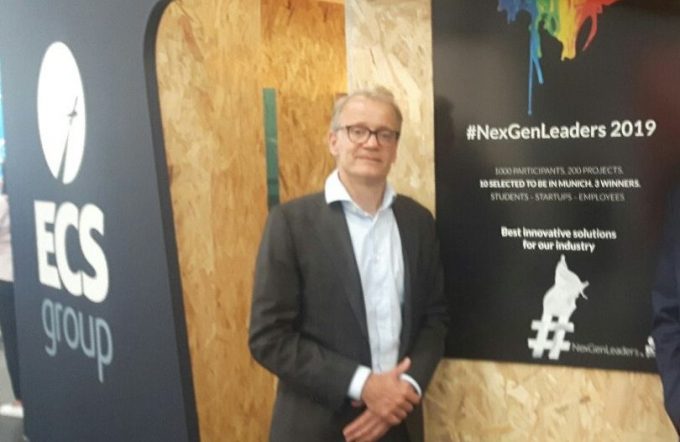Airlines rethink strategy as ecommerce to US begins decline
Shippers and forwarders are waiting to see how airlines manage their capacity before locking into ...

“Next to starting my own company, this is the scariest thing I have done in my professional life.”
So emailed Niall van de Wouw, founder of Clive and disrupter of loadfactor calculations, in 2017 when Project Selfie was born.
Now, Clive Data Services – which took Project Selfie from a simple idea to make loadfactors more accurate, to expanding it throughout the marketplace, weekly – has been acquired by Xeneta.
It’s been a hard slog, judging by the many, many emails from 2017 ...
'Disastrous' DSV-Schenker merger would 'disrupt European haulage market'
New senior management for DSV as it readies for DB Schenker takeover
Volumes set to 'fall off a cliff' as US firms hit the brakes on sourcing and bookings
Asian exporters scramble for ships and boxes to beat 90-day tariff pause
Amazon pushes into LTL for small package fulfilment and UPS does a u-turn
Temporary tariff relief brings on early transpacific peak season
Pre-tariff rush of goods from US to China sees air rates soar, but not for long
Forwarders 'allowing the fox into the chicken run' by supporting 'hungry' carriers


Comment on this article